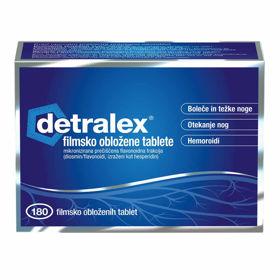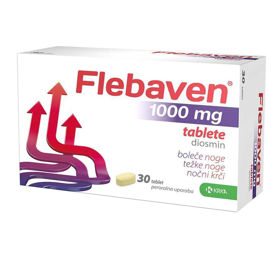Customer question:
What are the signs of thrombosis in the leg? Anonymous Customer
Pharmacist's answer
Deep vein thrombosis can entirely or partially block blood flow in your vein, causing pain, swelling, and other symptoms.
Common symptoms of GVT include:
- swelling of the foot, ankle, or leg, usually on one side
- cramping pain in the affected leg, usually starting in the sword
- severe, unexplained foot or ankle pain
- an area of the skin that feels warmer than the surrounding skin
- the skin in the affected area becomes pale and may be reddish or even bluish
"How is the treatment of thrombosis?"
Treatment options for deep vein thrombosis include:
- Blood thinners: These medications help prevent blood clots from getting more significant. Blood thinners also reduce the risk of new clots forming.
- Anti-coagulants (thrombolytics): These drugs are used for more severe deep vein thrombosis or when other drugs don't work. Clot-busting agents are injected intravenously or through a tube (catheter) placed directly into the clot. They can cause severe bleeding, so they are usually only used in people with severe blood clots.
- Filters: If you cannot take blood thinners, a filter may be inserted into your vena cava (the hollow vein in your abdomen). The filter prevents clots that are released from staying in the lungs.
- Compression Socks: These unique socks prevent blood pooling/pooling in the legs and help reduce leg swelling. Wear them on your legs from the feet to knee height. Compression socks are usually worn during the day.
Interesting reading: Venous thrombosis legs PICTURES
Interesting reading: Deep vein thrombosis signs











